Featured Articles
Pearl Harbor: Through the Eyes of a Hero
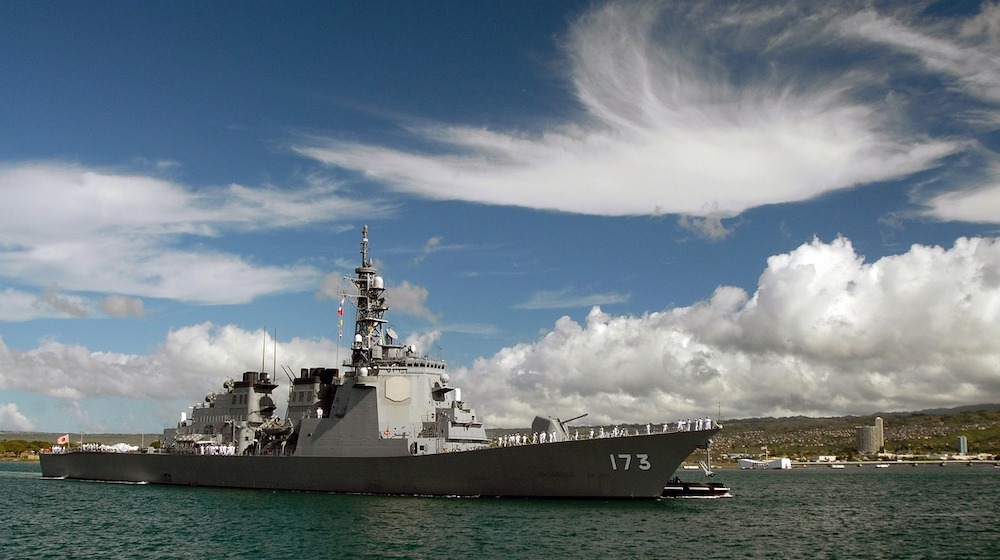
As part of Disaster Preparedness Month, we’ll be taking a close-up look at some of the most devastating disasters in recent history. The following article is part of our Disaster Preparedness Month series.
The United States Naval Base at Pearl Harbor, Hawaii was attacked by the Japanese on the morning of December 7, 1941. The Japanese had planned and executed the surprise attack in order to dishearten the American people and keep the United States out of World War II. Instead, the Japanese attack on Pearl Harbor had the opposite effect which led to the United States’ entry into World War 2.
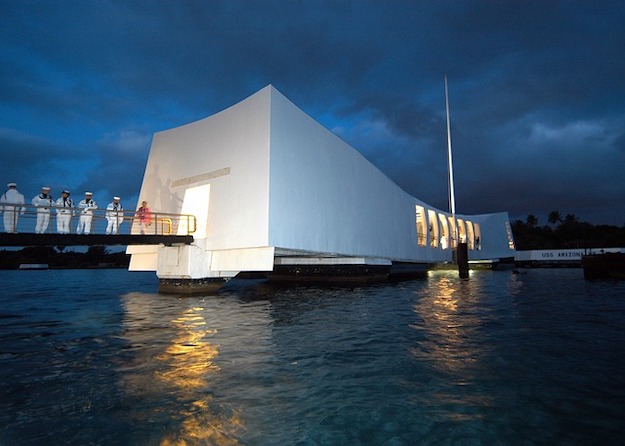
Facts About the Attack on Pearl Harbor:
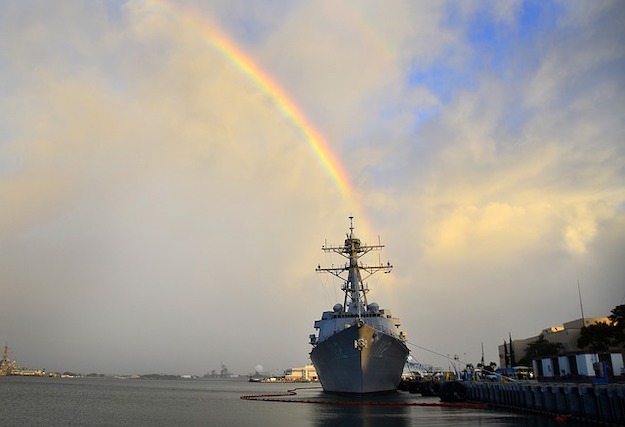
- The attack on Pearl Harbor lasted 110 minutes, from 7:55 am to 9:45 am.
- A total of 2,335 United States servicemen were killed and 1,143 were wounded. 68 civilians were also killed and 35 were wounded.
- Plans for a surprise attack against the United States began as early as January of 1941.
- The Japanese used the codename “Operation Hawaii” for the attack on Pearl Harbor. This later changed to “Operation Z.”
- The Japanese specifically chose to attack on a Sunday because they believed Americans would be more relaxed and therefore less alert on a weekend.
- The Japanese attack force stationed itself approximately 230 miles north of the Hawaiian island of Oahu.
- The Japanese launched their airplanes in two waves, approximately 45 minutes apart.
- The first wave of Japanese planes struck Pearl Harbor at 7:55 a.m. The second wave reached Pearl Harbor around 8:40 a.m.
- When Japanese Commander Mitsuo Fuchida called out, “Tora! Tora! Tora!” (“Tiger! Tiger! Tiger!”) upon flying over Pearl Harbor, it was a message to the entire Japanese navy telling them they had caught the Americans totally by surprise.
- When the Japanese left Pearl Harbor at 9:45 a.m., the Americans didn’t realize the attack was actually over. They expected another wave to hit.
- The day following the attack on Pearl Harbor, United States President Franklin D. Roosevelt declared that December 7, 1941 would be “a date that will live in infamy.”
- The United States declared war on Japan on December 8, 1941, the day following the attack on Pearl Harbor.
- “Remember Pearl Harbor!” became a rallying cry for the U.S. during World War II.
Through the Eyes of a Hero: Doris “Dorie” Miller
Thanks to the wonders of the internet I came across several eyewitness accounts, but this particular eyewitness account really stood out.
Meet Doris “Dorie” Miller. Famous for firing a 50 caliber Browning anti-aircraft machine gun for 15 minutes during the attack until he ran out of ammo. (Ordinarily this is not unusual — except that Dorie was the Ship’s cook!) He was awarded the Navy Cross for his actions beyond the call of duty.
These are the events that unfolded for Mr. Doris Miller on December 7, 1941 and his brave actions that soon followed…
On December 7, 1941, Doris Miller had arisen at 6 a.m., and was collecting laundry when the alarm for general quarters sounded. He headed for his battle station, the antiaircraft battery magazine amidship, only to discover that torpedo damage had wrecked it, so he went on deck. Because of his physical prowess, he was assigned to carry wounded fellow Sailors to places of greater safety.
Then an officer ordered him to the bridge to aid the mortally wounded Captain of the ship.
He subsequently manned a 50 caliber Browning anti-aircraft machine gun until he ran out of ammunition and was ordered to abandon ship.
Miller described firing the machine gun during the battle, a weapon which he had not been trained to operate:
It wasn’t hard. I just pulled the trigger and she worked fine. I had watched the others with these guns. I guess I fired her for about fifteen minutes. I think I got one of those Jap planes. They were diving pretty close to us.”
Miller was commended by the Secretary of the Navy Frank Knox on April 1, 1942. On May 27, 1942 he received the Navy Cross, which Fleet Admiral Chester W. Nimitz, the Commander in Chief, Pacific Fleet personally presented to Miller on board aircraft carrier USS Enterprise (CV-6) for his extraordinary courage in battle. Speaking of Miller, Nimitz remarked:
This marks the first time in this conflict that such high tribute has been made in the Pacific Fleet to a member of his race and I’m sure that the future will see others similarly honored for brave acts.
Doris Miller was killed on November 24, 1943 in the line of duty while serving in action on board the USS Liscome Bay (CVE-56) during Operation Galvanic.
In 1973, the USS Miller (FF-1091), a Knox-class frigate, was named in honor of Doris Miller.
Click here to read the full story of Doris Miller.
The Importance of Mental Preparedness
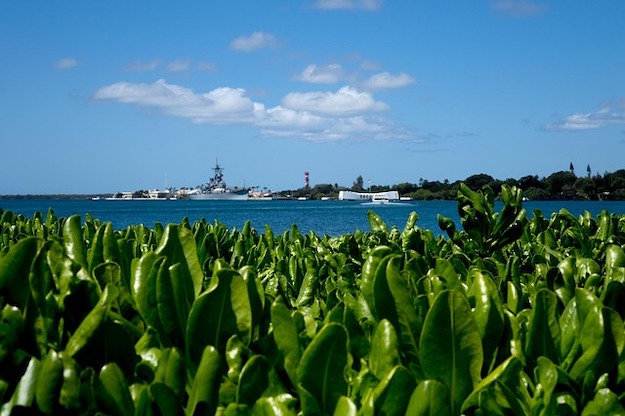
The story of Mr. Doris Miller and his heroic acts on December 7, 1941 is a perfect example of preparedness, and here’s why…
I’ve always stated that survival is 90% mental. By that, I mean you can have all the gear and skill set needed to survive or to help your fellow man survive, BUT, if you are not mentally prepared for a potentially life threatening situation (of any kind), then you and everyone around you are in immediate danger.
Without giving it a second thought, Doris Miller reacted to help save his countrymen. No hesitation — just a split second reaction! He was mentally prepared, and with that he did the only thing that came naturally. The next 15 minutes he fought for his country against the Japanese war planes until the ammo ran out. A cook on a naval ship turned into a hero in a matter of seconds because he was mentally prepared to do whatever was necessary to help save the lives of his fellow man, while sacrificing his own well being.
Granted, despite Mr. Miller’s heroic efforts that morning, 2,400 people were killed. But, what if Doris Miller hadn’t reacted? Could we have lost even more people that morning?
We will never truly know the answer to that question. What I do know is this: Doris Miller, one hero among many, fought for this country in World War II, and when I came across the story of Doris Miller, I knew his story had to be told once more. A story of dedication to one’s country and to one’s fellow man… a true hero in every sense of the word.
“All the best heroes are ordinary people who make themselves extraordinary.” – Gerard Way
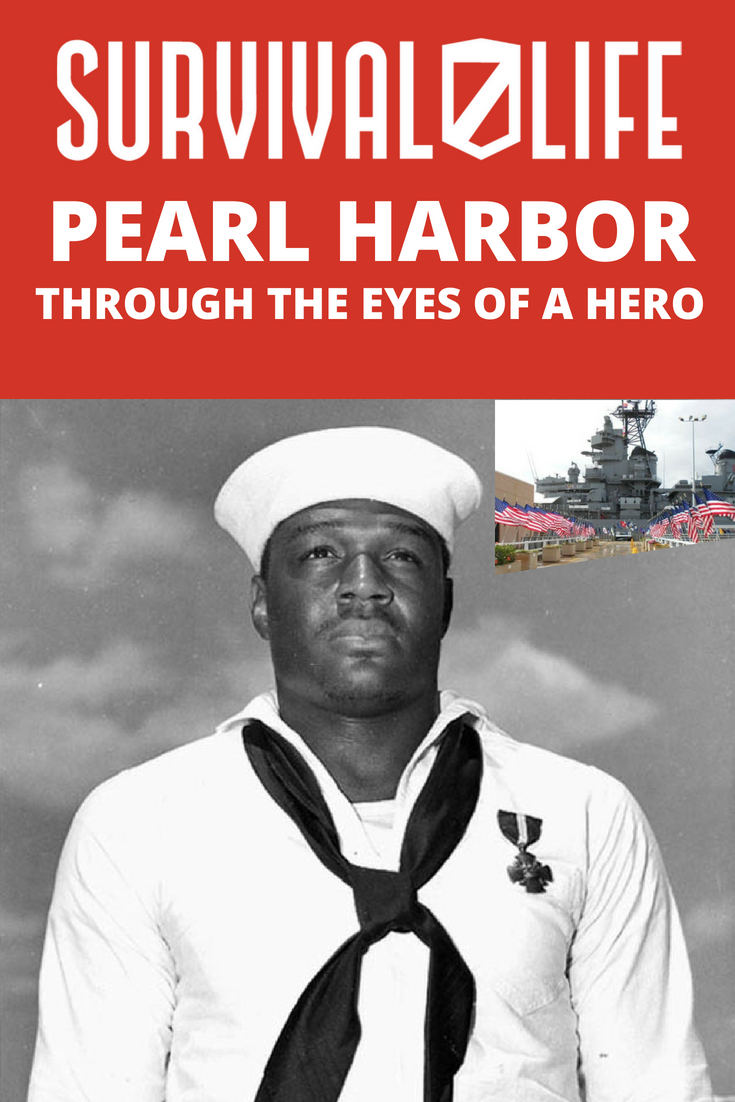
Check out the previous articles in our Disaster Preparedness Month series:
Hurricane Katrina: Unity in the Midst of Devastation
September 11, 2001: The Day Our Nation Changed Forever
7 Deadliest Disasters in American History
-

 Do It Yourself7 months ago
Do It Yourself7 months agoParacord Projects | 36 Cool Paracord Ideas For Your Paracord Survival Projects
-

 Do It Yourself9 months ago
Do It Yourself9 months agoHow To Make Paracord Survival Bracelets | DIY Survival Prepping
-

 Do It Yourself9 months ago
Do It Yourself9 months ago21 Home Remedies For Toothache Pain Relief
-

 Do It Yourself10 months ago
Do It Yourself10 months agoSurvival DIY: How To Melt Aluminum Cans For Casting
-

 Exports8 months ago
Exports8 months agoAre Switchblades Legal? Knife Laws By State

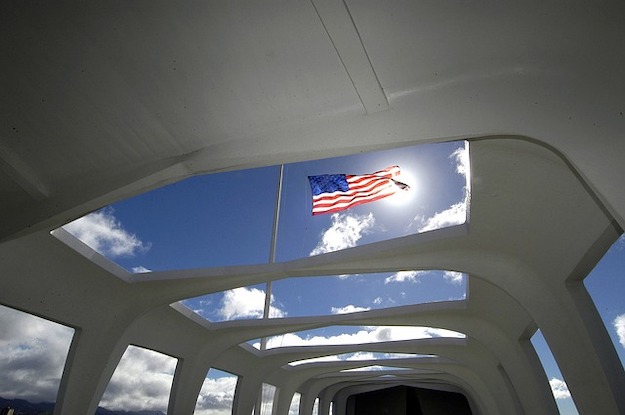

Pingback: The Importance of Preparedness and What it Can Teach You | Survival Life